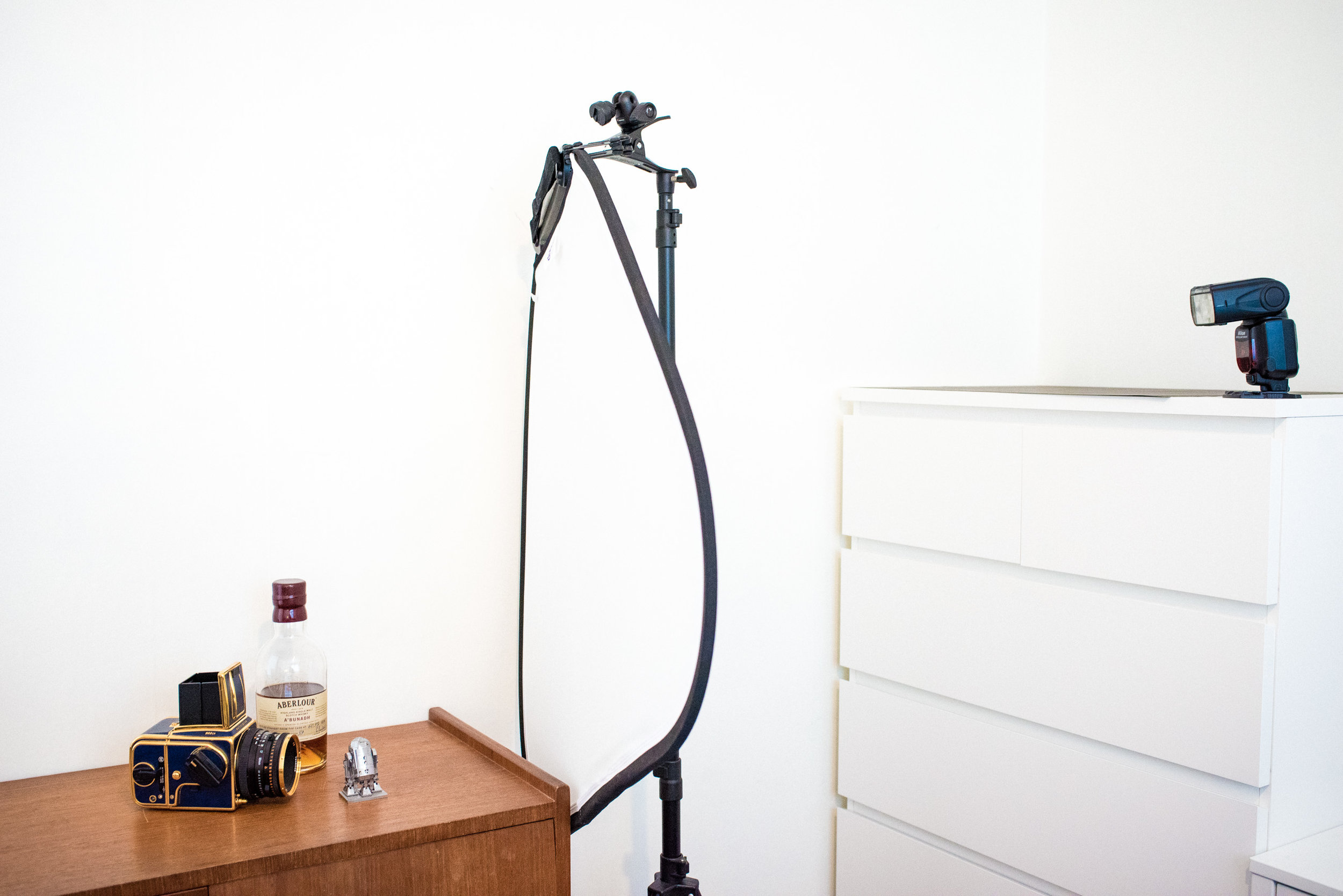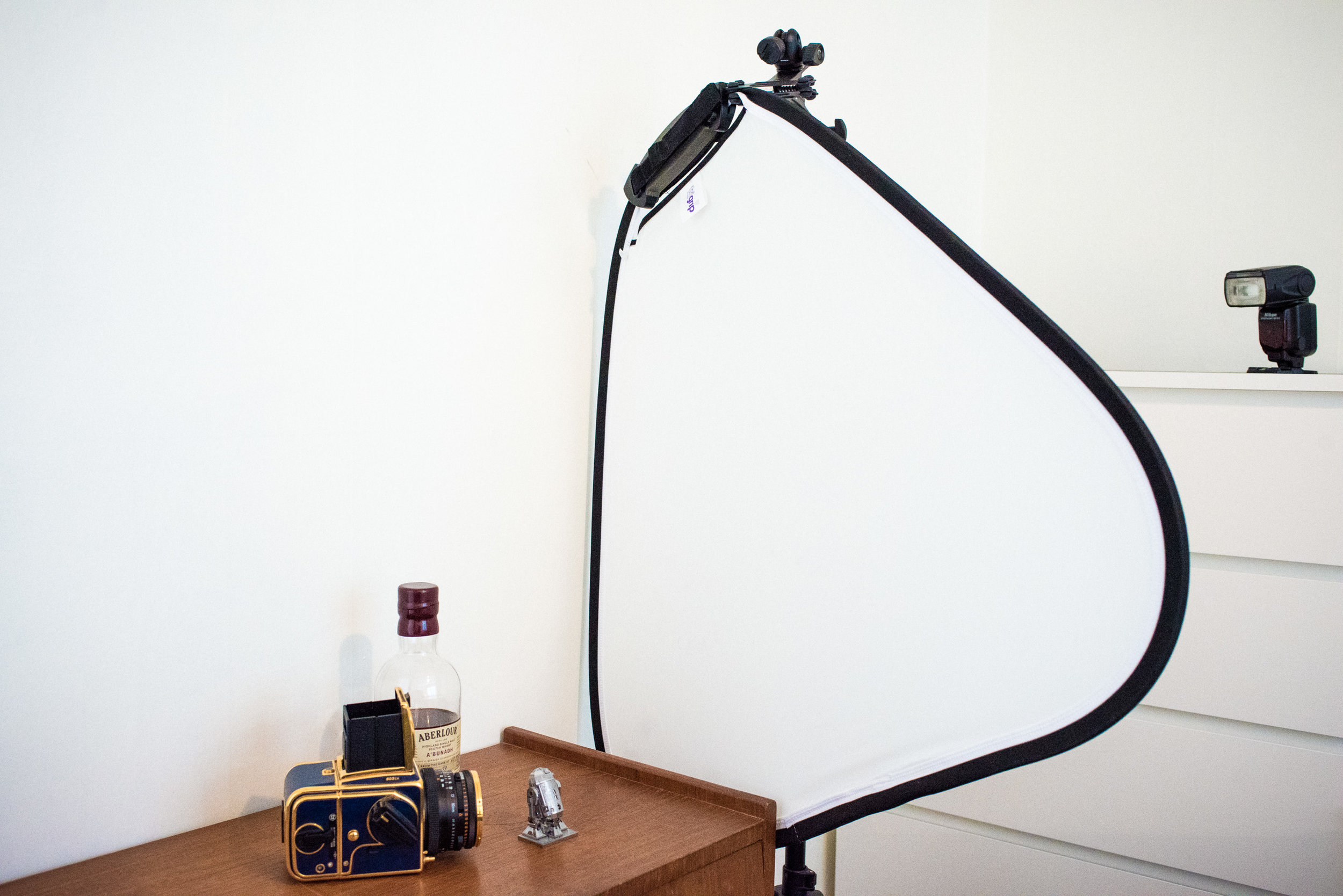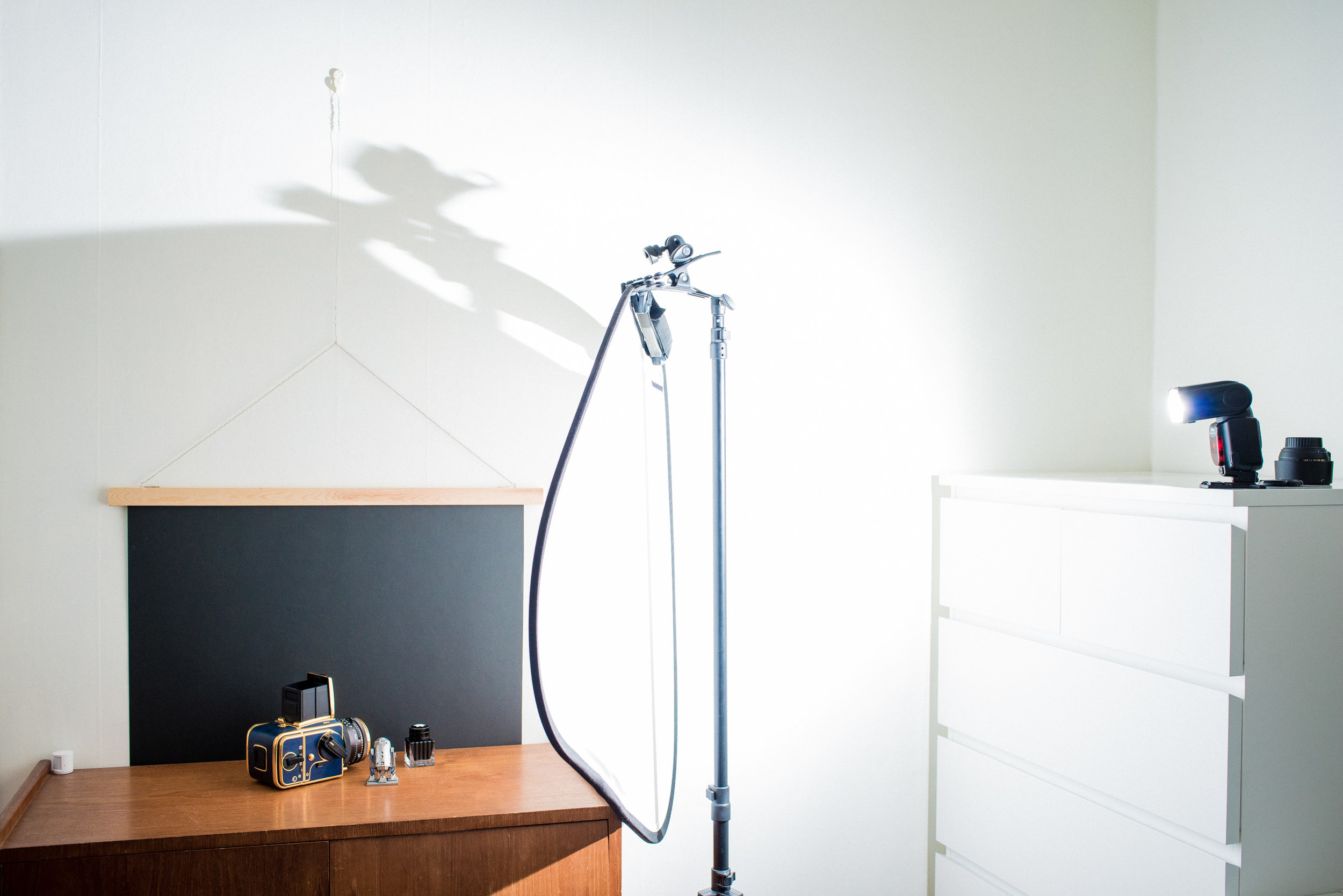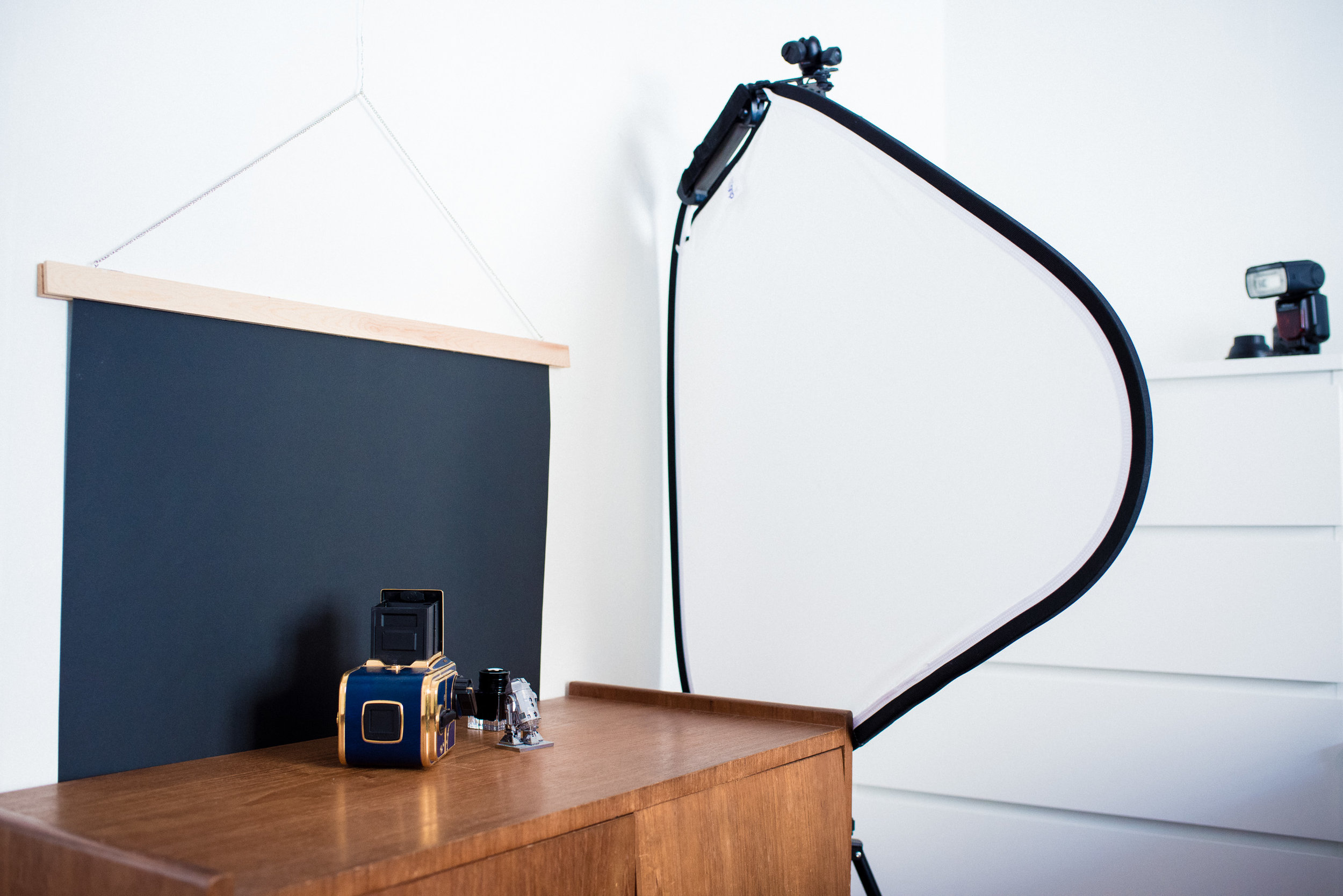Lately I’ve been getting more into music videos. I’ve been watching a ton of them from different eras, reasearching trends and styles. I’ve been watching as many behind the scens videos about how they where created and now all I want to do is do music videos.
One fun finding was that I found a new favorite director without even knowing. I looked for inspiration in many places and after a while something hit me, for many of the things I liked there was a common denominator, Paul Thomas Anderson. He is the director of an old favorite, Magnolia, which is almost a feature length music video (look at this scene!). After using an amazing film makers tool called Shotdeck to look at movie stills I ended up saving a lot from the film The Master which happened to be by him and for music videos I saved almost all of Haim’s videos. All of the ones I saved where by, you guessed it, PTA.
Now my head is full of ideas and I wanted to try out one of the easier ones just to see if you could do a nice video without too much preparation, just going with feeling. I messaged a friend named Mattias Larsson who I know makes music but haven’t really released his own stuff to ask if he would be my test subject. He said yes, I decided on a location and just him and me went out shooting with no more planning than that.
This is the result:
I am pretty happy with the video, especially the location and the lighting. Swedish summer is amazing for things like this as the sun stays low for so many hours. One thing I did want to do and that was the plan from my part was to shoot everything on a tripod. Last minute though, when I realized it was 30 degrees that day was that I did not want to walk around with my big video tripod on my back. Call me lazy, I do, and that actualy is the one reason why I am not a 100% happy with the result even though I like it. I really wanted to do completely locked down, well composed shots for this and now there is some shake instead. The shake goes well with the 8mm feel of the video but I should haved leaned even more into that instead if that was the case. Another idea that I was a bit too stupid to remeber in the heat of the moment was that I could have just brought my monopod and stabilzed the horisontal movement in post. But you live and you learn, for a first test of this style I am very happy!
Next time I want to do a rock video that is completely different from this.




